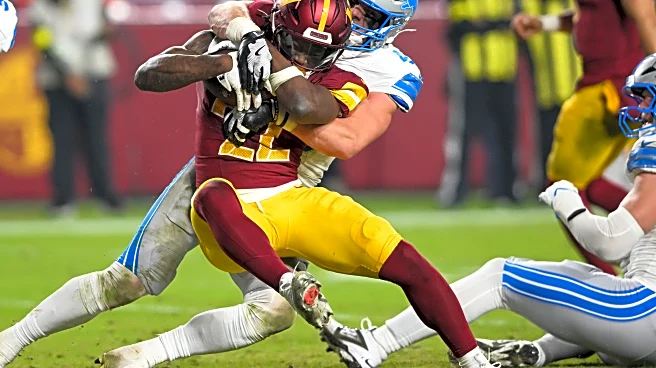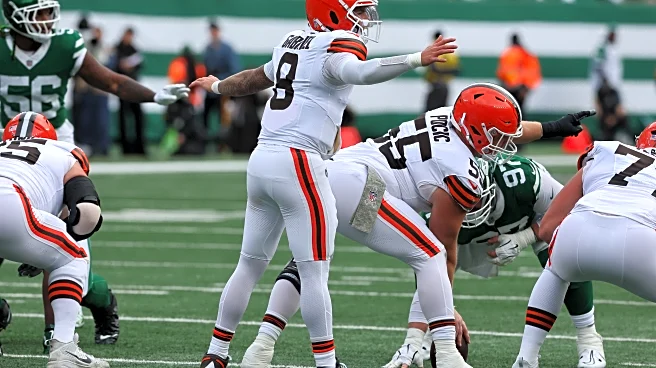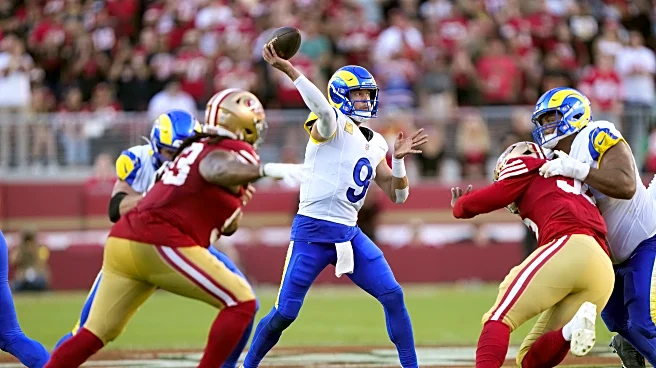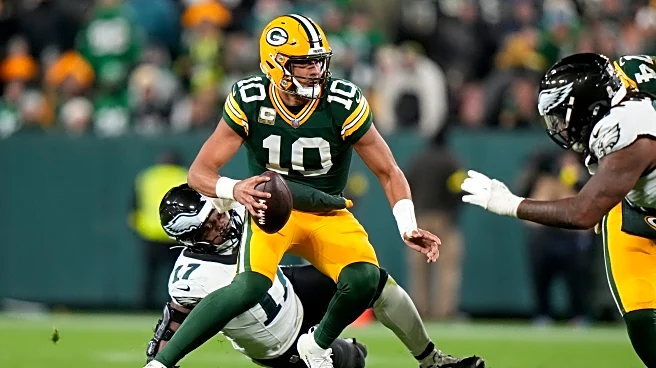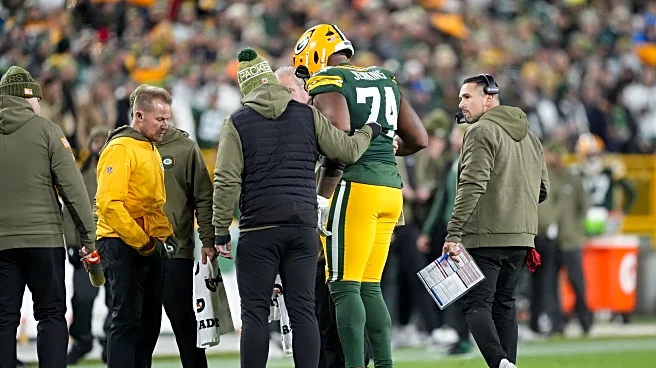The Green Bay Packers’ offense is sputtering. They have no idea how to handle split-safety looks that take the extra coverage defenders into the deeper portion of the field. So far, head coach Matt LaFleur’s answers this year have been to check down the ball in the passing game and to run the football. Unfortunately, they haven’t been efficient at doing either.
LaFleur believes that 3.5 yards per carry is “effective” enough on offense. That would be the worst season-long mark by any NFL team this
season. If he truly believes that, then there literally isn’t an ineffective running game in football. The bar is the floor.
On checkdowns, the point is to get yards after the catch. Tucker Kraft, now out for the year, averaged 43 yards after the catch per game in 2025. The rest of the Packers’ tight ends and wide receivers combined average…43 yards after the catch per game. Oof.
The story of Green Bay’s offensive struggles is such:
Against the Cleveland Browns, defensive coordinator Jim Schwartz went out of his way to play split-safety looks, something that is not in his DNA at all. Schwartz has been an NFL play-caller since the 2001 season with the Tennessee Titans. He’s only called one game in his NFL career where his defense played split-safety looks at a higher rate than the Week 3 win over the Packers, which limited Green Bay to just 10 points.
This plan was replicated by the Pittsburgh Steelers in Week 8, but Kraft, amazingly, had 143 yards after the catch against the Steelers — the most by a tight end since a 2018 George Kittle performance. The Packers will not be able to get that type of YAC production for the rest of the 2025 season.
Since the Steelers game, the Carolina Panthers and Philadelphia Eagles have committed to playing split-safety looks against Green Bay, which has led the Packers’ offense to produce just 20 total points over the last two games. Basically, Green Bay’s opponents have learned that if you just line up in a certain way, even with an average-ish defense, you can keep LaFleur’s Packers out of the end zone, because they aren’t efficient on the ground or in the yards after the catch department.
The response many have to this problem is to simply run the football better, but that’s not going to be as easy as advertised, especially in future seasons.
First of all, the Packers are now out their starting center in Elgton Jenkins, who dropped out of the Eagles loss with a fractured leg. Because of Green Bay’s highly leveraged cap situation, Jenkins is likely to be cut next year for $20 million in cap relief. Even with the release of Jenkins, if all of the Packers’ nearly two-dozen unrestricted and restricted free agents leave the roster and Green Bay backfills them with minimum contract players, the team will be right around $0 in cap space after they sign their rookie draft choices. Help isn’t coming.
You have to understand this: This is the most talented the team is going to be for about the next four years. Green Bay’s roster decay starts the day the 2026 new league year begins. The Packers’ current players are only going to become more expensive to keep, and losing out on high draft picks via the Micah Parsons trade (which I would still do today, by the way) isn’t going to help the situation.
This is going to hit the offensive line the hardest and the earliest.
Beyond center Elgton Jenkins, left tackle Rasheed Walker, rotational starter Sean Rhyan and swing tackle Darian Kinnard are all expected to hit the open market in 2026. Again, the Packers have little to no cap dollars moving forward, unless they want to borrow even more from the future, which will just make the rebuild out of “all in” 2025 season even harder.
Out of the Packers’ top eight offensive linemen on the roster, half of them will probably play for another team next year. There’s a real chance that Green Bay’s offensive line in 2026 looks something like: Jordan Morgan, Aaron Banks, Jacob Monk, Anthony Belton and Zach Tom (left to right).
So it’s not as easy as hitting the “run the ball better” button, because the team isn’t going to be able to rely on having an advantage on the line moving forward. LaFleur needs to learn new tricks, and he needs to do it quickly.
Some might say, “Well then, draft some starting linemen in the 2026 draft,” but that’s also not that easy. Again, the Packers are going to need to replace somewhere around 20 roster spots this offseason, depending on what the team looks like at the end of the year, just because of how many free agents they have.
You don’t JUST have to replace the four linemen who are expected to walk. You also have to make up for the loss of receiver Romeo Doubs, linebacker Quay Walker and others who do not currently have deals stretching beyond January’s action.
Complaining about the line does nothing for this team moving forward. The Packers need to find a way for how they can still move the ball on offense without having the advantage on the line of scrimmage. This is the position they’re probably going to find themselves in for the next three- or four-ish seasons. If LaFleur can’t figure out how to do it, maybe it’s time to find answers in a different direction. If not, this could get really Cincinnati Bengals really quickly — but without a Ja’Marr Chase or Tee Higgins.
P.S.
The Packers get the New York Giants, by far the worst run defense in football, on Sunday. The worst thing that can happen to this team, long-term, is that Green Bay runs well against a talent level they’ll never get a look at for the rest of 2025, LaFleur doesn’t have to adjust and the team confidently runs into brick walls to end the year.


